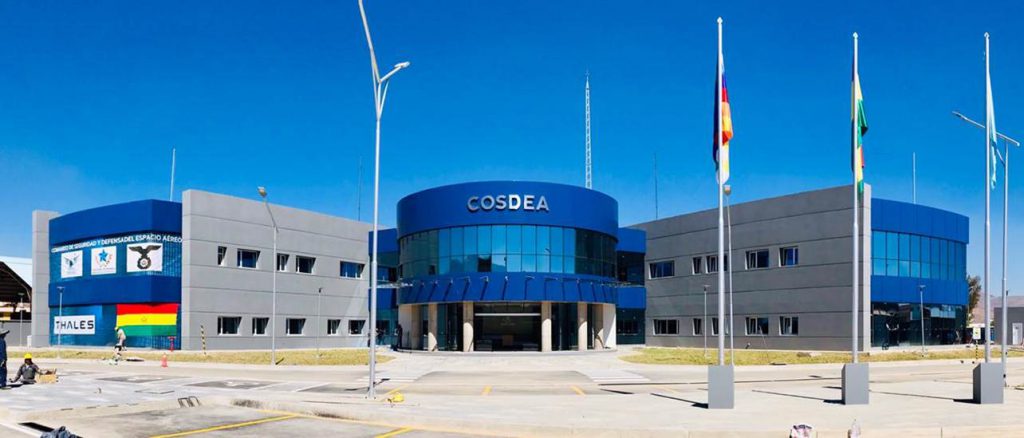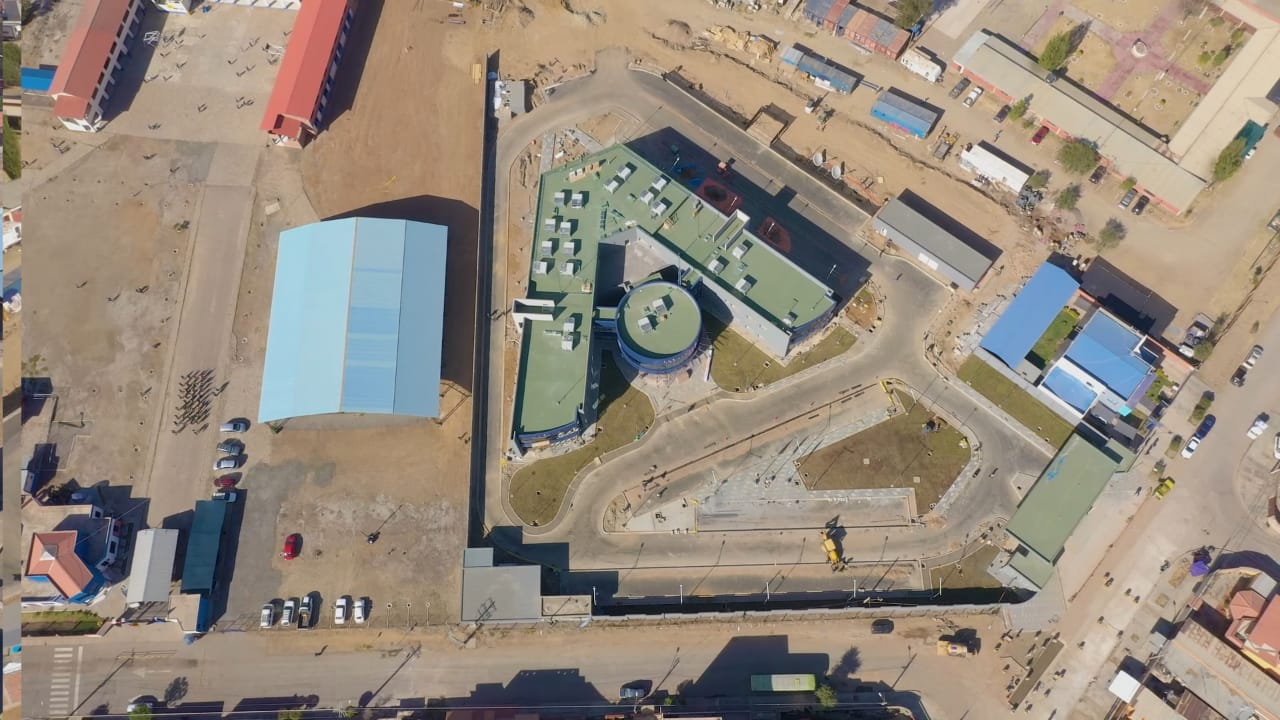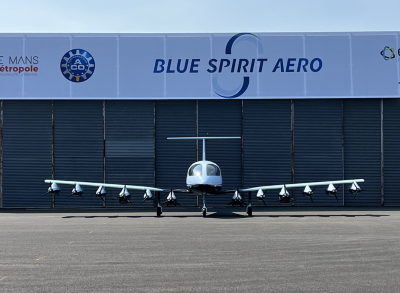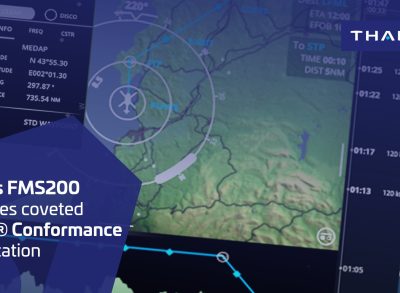Air sovereignty in the Andes

Over the last decade, Bolivia has experienced unprecedented economic growth, driven in part by social spending programmes. As the country continued to grow its political and economic independence, president Evo Morales specifically pointed to its lack of sovereignty in airspace management, warning that a country without sovereignty in these strategic areas can consider itself "a colony of the great powers".
Regional ambitions
Bolivia's existing air defence and air traffic control infrastructure dated back several decades and was struggling to keep up with the growth in commercial air traffic and the emergence of new threats such as light aircraft flying incognito through Bolivian airspace and, more recently, UAVs.
In 2014, the government launched an international request for proposals (RFP) for the SIDACTA integrated civil/military Air Traffic Management (ATM) and air defence system, and the year after the RFP was issued, it was determined that Thales was the best placed to meet the requirement. Three years ago Reymi Ferreira, who was the Bolivian Defense Minister at that time, said that Thales was indeed the only company able to provide the equipment, install it and plan a system for Bolivia’s air space combining by both civil and military capabilities.
The challenge was to deploy a single nationwide solution to detect and combat illegal flights (drug traffickers, airspace intrusions, non-authorised flights), guarantee territorial integrity, improve the safety of civil flights and develop ATM services for en-route and approach control providers.
The SIDACTA contract came into effect in 2016. It includes a total of thirteen latest-generation radars across twelve sites in the provinces of La Paz, Cochabamba, Santa Cruz and Beni — four Ground Master 400 phased-array radars for air defence, one Star 2000 for primary surveillance, two TRAC radars for approach control and six RSM970 secondary surveillance radars to identify individual aircraft.
The first steps in the deployment of the Area Control Centre at the Cochabamba site were marked by a ceremony on 11 September 2019 in the presence of President Morales and the Bolivian defence minister, Javier Zavaleta.
A new purpose-built air traffic control complex
The Thales radars form the backbone of the surveillance infrastructure and are integrated into a new purpose-built air traffic control complex. The 2,500 sq. m. complex houses TopSky-ATC, the most advanced ATM system in the region, as well as the state-of-the-art SkyView air C4I system.
The complex also includes a Centre of Excellence designed to deliver significant transfers of operational and technical know-how. Thales provides training for local trainers to ensure that Bolivian air traffic controllers, air defence personnel, system operators and maintenance staff are fully proficient in the latest technologies and ATM procedures. Almost 240 professionals have been trained so far, with the expectation of training approximately 270 people by the end of the project, in 2020.
SIDACTA is a world-class system that makes Bolivia's skies safer and protects the Bolivian people from air threats of all kinds. For national leaders, it is emblematic of the country's economic and political independence and its growing role in regional affairs.
Looking further to the future, the SIDACTA system could be a living laboratory for Bolivian universities or engineering schools working in partnership with Thales to help ensure that young Bolivians have the knowledge and the expertise to secure the country's technological independence for future generations.
* SIDACTA: Sistema Integrado de Defensa Aérea y Control de Tráfico Aéreo (Integrated System of Air Defence and Air Traffic Control)

Roof of the worldBuilding new radar installations in one of the world's highest countries comes with its own challenges. It was particular complicated, for example, to install the first secondary surveillance radar at El Alto airport in La Paz, which sits at an altitude of over 4,000 metres. Other sites are located in hard-to-reach tropical zones. But the site installation programme has ploughed ahead, and today the project has passed its key milestones and will be at full operational capability in 2020. |
Seeing the big pictureSIDACTA is a trailblazer in more ways than one. The new radars incorporate the most advanced technologies, and the Ground Master 400 is part of Thales's latest fully digital 3D air defence radar family. As the region's only integrated civil and military air surveillance system, SIDACTA also offers a crucial advantage in that military and civil users share the same integrated air picture, improving safety and security through better coordination of movements and more seamless air defence operations. With the SkyView air C4I system managing the entire nationwide infrastructure, unauthorised flights can be spotted quickly and reliably, helping to fight organised crime and drug traffickers crossing Bolivian airspace on their journeys north. And by 2020, all flights in Bolivian airspace will be required to carry an ATC transponder, which communicates with the secondary surveillance network to automatically locate and identify each aircraft. |




